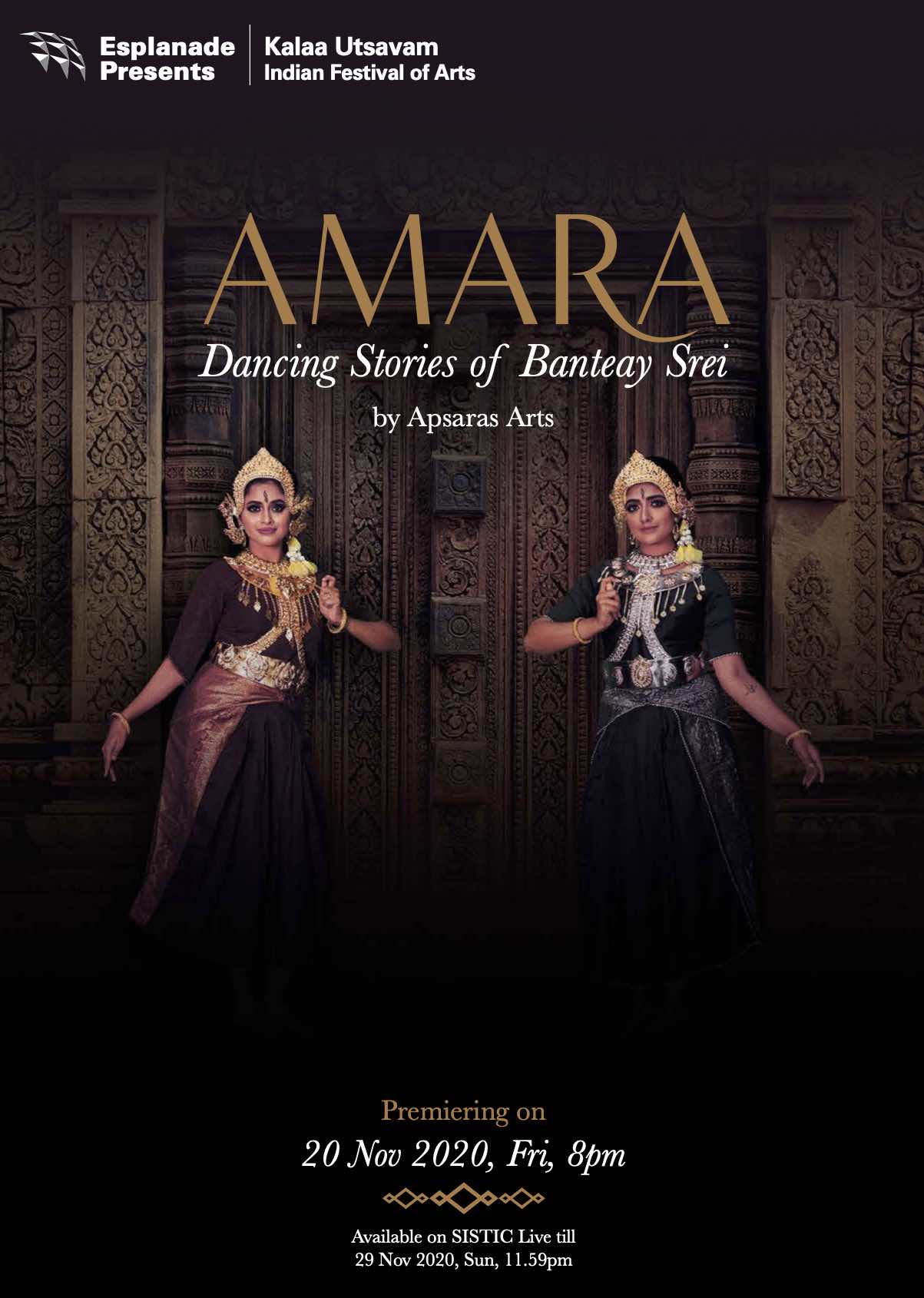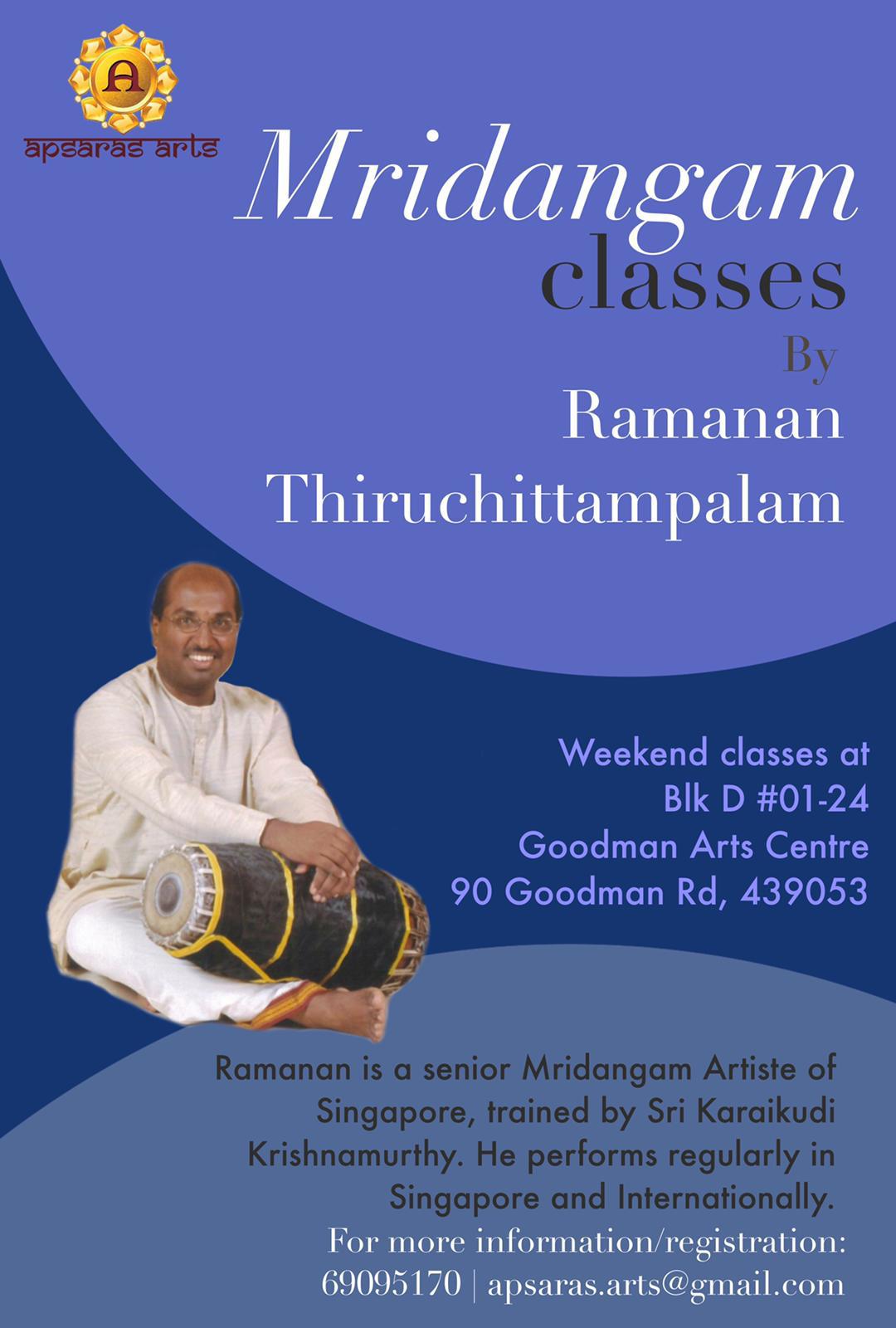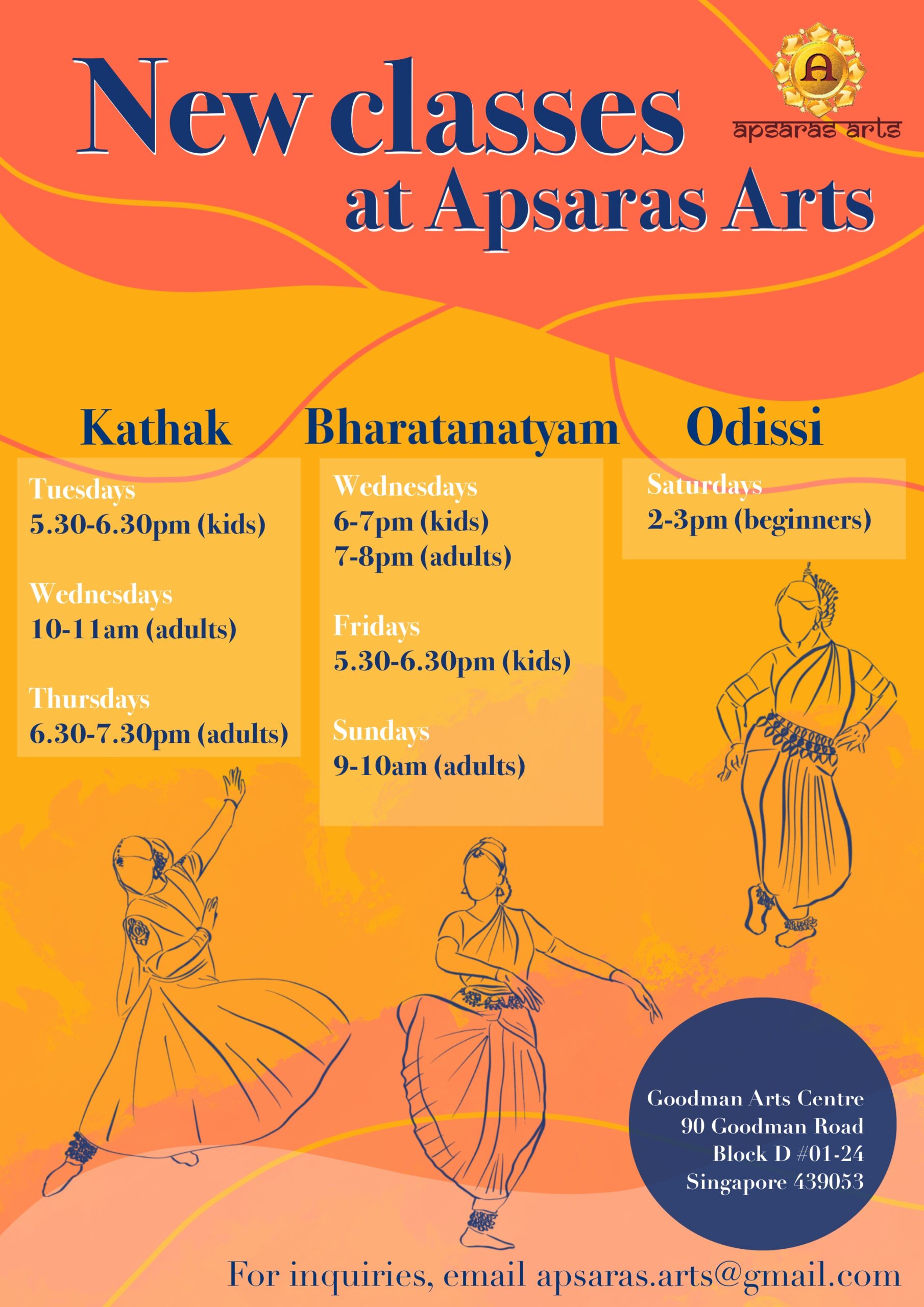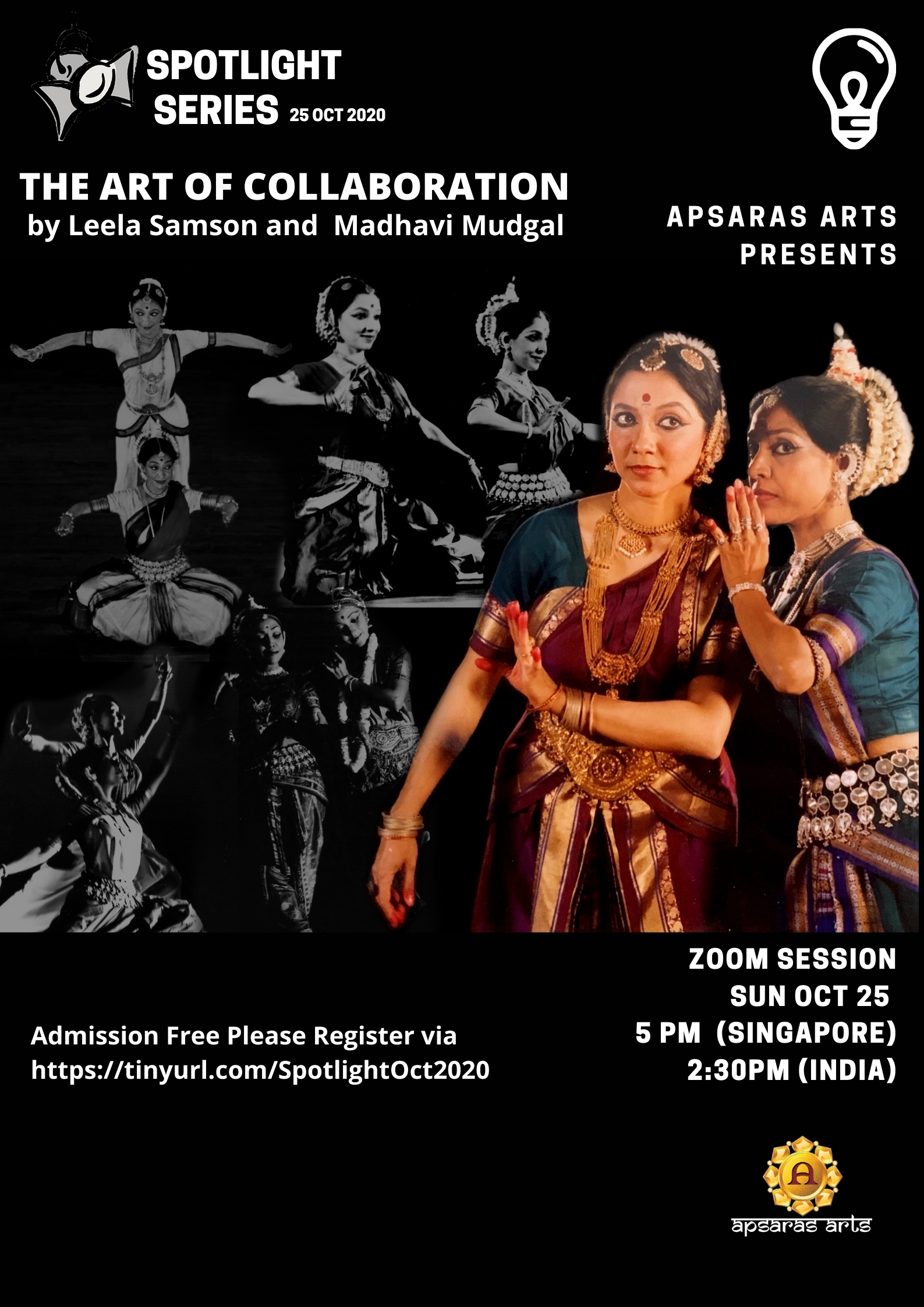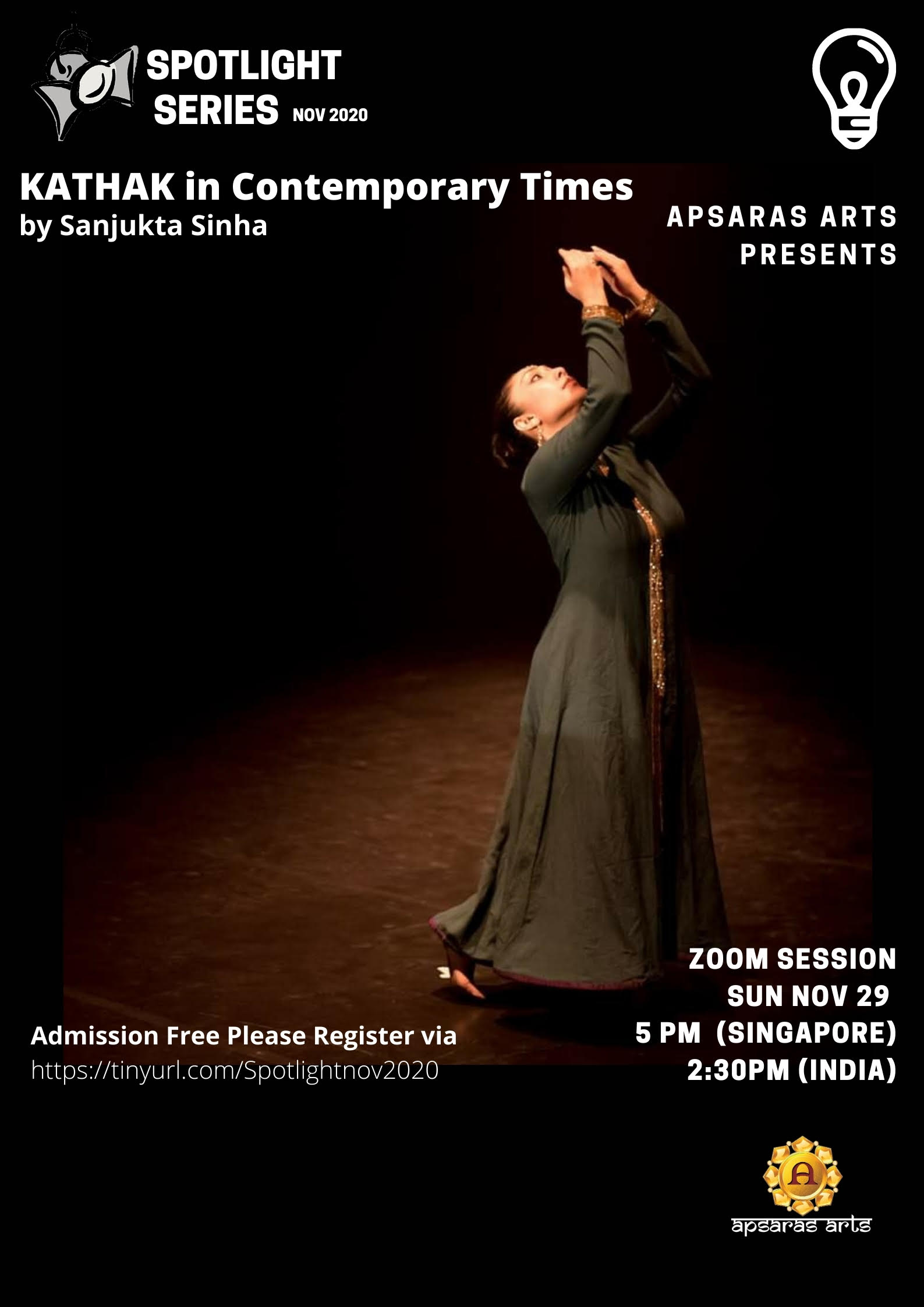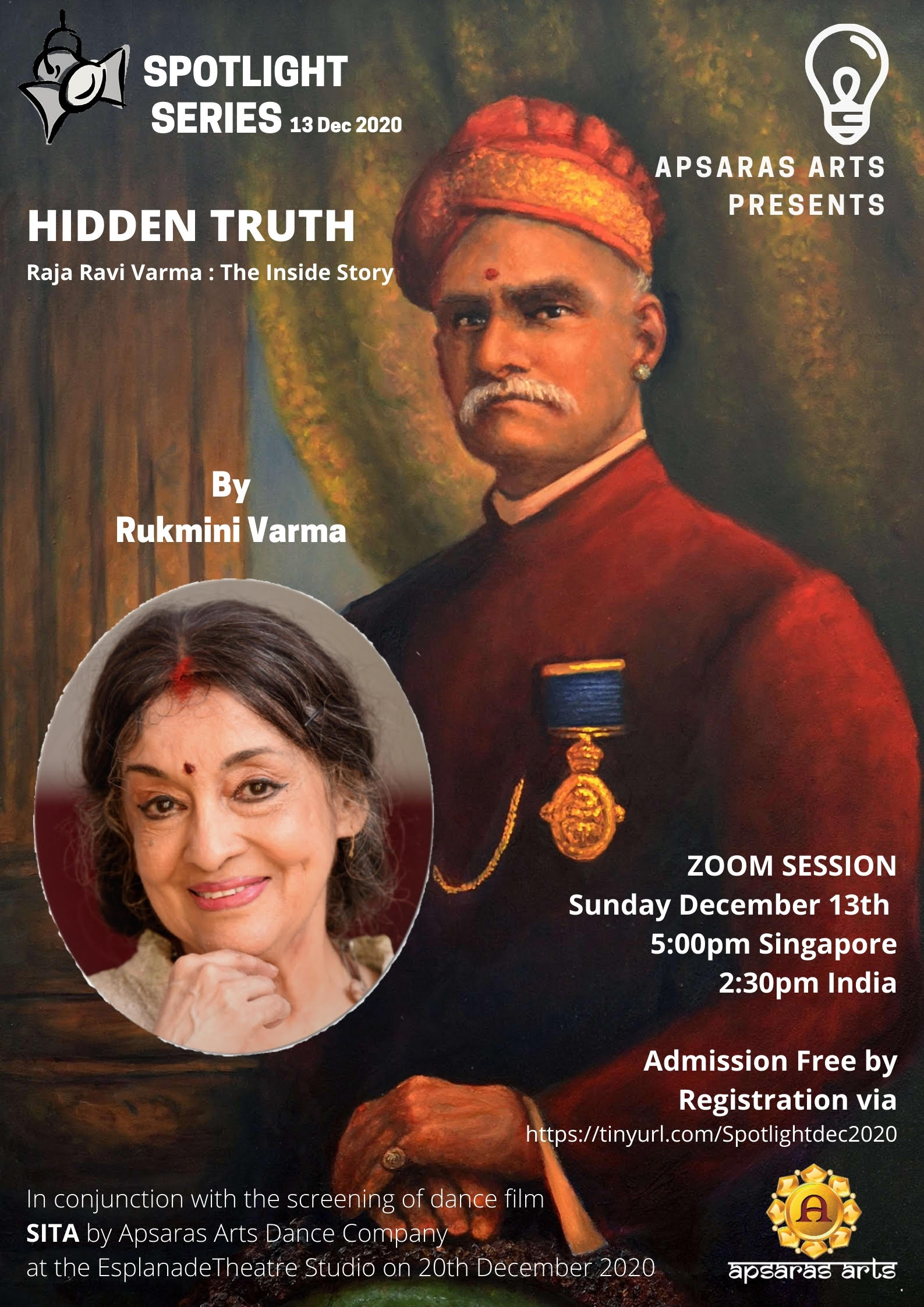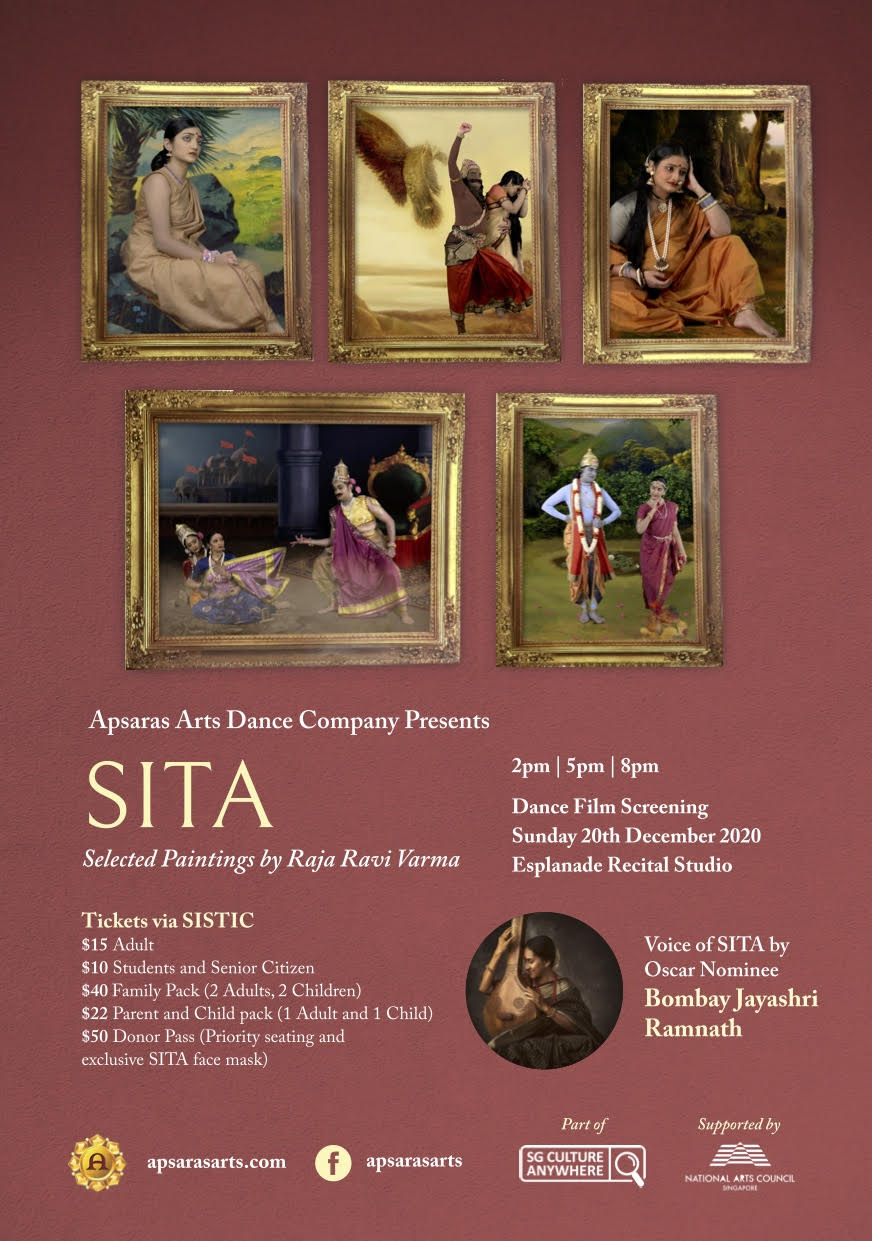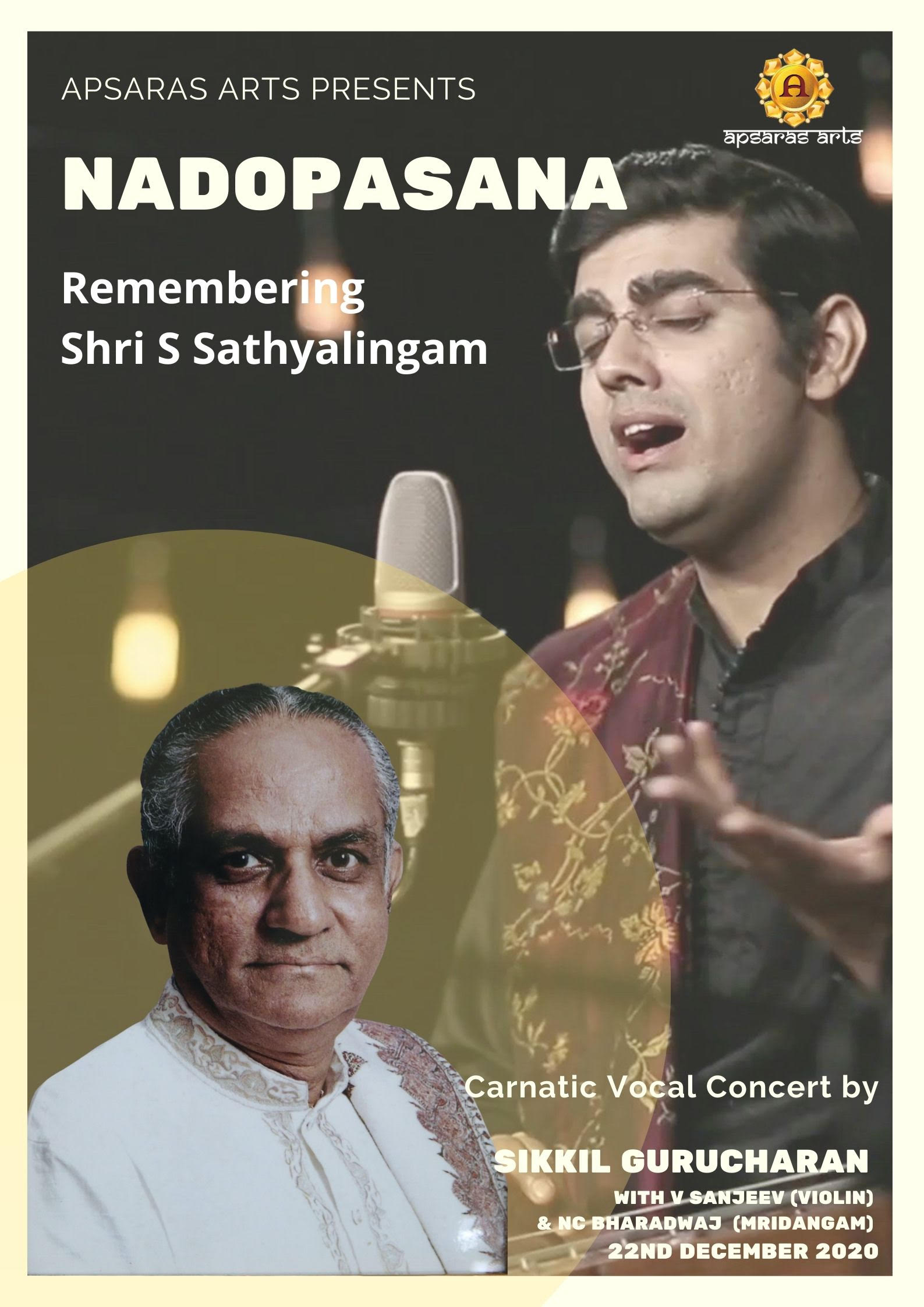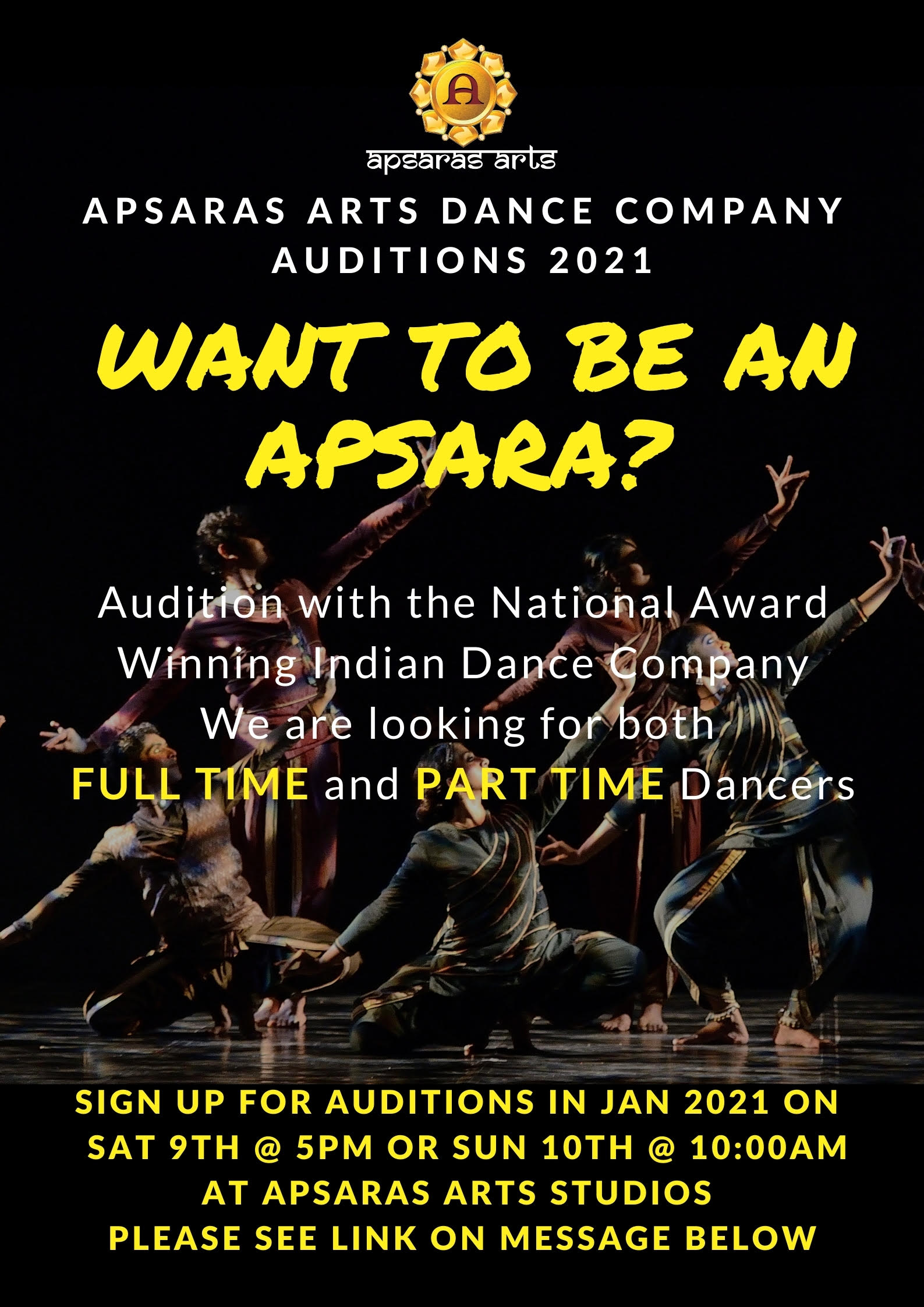Vision for Dance 2022
A straight-from-the-heart response from dancers and curators on their vision for dance
Rama Vaidyanathan
Bharatanatyam exponent
“My vision for dance this year is to bring it back to stage; in front of a live audience. I am also hoping that when dance returns full-fledged to stage, it is enriched and nuanced, thanks to the pandemic that allowed us the luxury of time to engage with the camera, understand its dynamics, and become technologically savvy overall.
So I am looking forward to dance that is an enhanced version of the way it used to be in terms of presentation – better stage settings, improved sound and light design, costumes that communicate, et al.
What I am also hoping is to see dance unfurl in its full-fledged format. While it is true that the one-minute format, that gained momentum during the pandemic, allowed a host of people unfamiliar with the classical art form and those uninitiated access it, I wish earnestly that dance returns to where it belongs; in a full-length format that allows articulation and extrapolation.
My desire is that by virtue of accessing these short bursts, we have cultivated a new audience that is willing to embrace dance and patronise it in its true format, that is beyond the realm of the two-minutes-of-magic that seems to have taken over our screens. I hope more people shed the comfort of the screen and make their way to watch full-length performances in the comfort and beauty of the proscenium.
Amongst other things, the pandemic also allowed us – performing artistes, the luxury of time to read, introspect, and create work without the pressure of a deadline. So I hope that the performances that unfold this year are organic and authentic. I’m looking forward to work that has truly marinated over several months and therefore is a culmination of thought, rigour and beauty.”
Ranee Ramaswamy & Aparna Ramaswamy
Bharatanatyam dancers-choreographers, Co-Directors, Ragamala Dance Company, Minneapolis, Minnesota, USA
“Through our Bharatanatyam practice, we engage the dynamic tension at the intersection of tradition and innovation, ancestral wisdom and creative freedom. Our work ranges from margams to large-scale works. Through meaningful collaboration and multi-layered dialogue with composers, musicians, authors, scholars, designers, and visual artists, we create layers of metaphor that explore the saturation of the senses that occurs when these art forms come together.
Since 1984, we have returned to Chennai every year to study and perform under our guru, Padmabhushan Smt Alarmel Valli while creating our own body of work in the US. This immersive training in our guru’s aesthetic and lineage has formed the bedrock of our creative vision. I founded Ragamala Dance Company in 1992 out of a deep desire to see our cultural forms recognized on major US stages.
In 2022, we will continue to create projects in close collaboration with artists across genres. The pandemic has forced us each to work in isolation, but our Indian artistic traditions have a long and splendid history of growing together, intertwining to make a greater whole. This spirit of collaboration is necessary in our world, and shows us that our work together must be intentional and meaningful in order for us to share the rich complexity that our forms deserve.
The pandemic has shone a light on many critical issues facing our local communities and our larger world. These provide immediate and obvious material for new pieces, but is it the most effective or lasting way to explore our humanity? In our work, we keep returning to our ancient epics, stories, and poetry. The wisdom of these literary traditions acts as a portal between past and present, providing a contemporary resonance that nourishes us and speaks to the human condition now and forever.”
Dr Shovana Narayan
Kathak Exponent, Creative Director and Producer
“The negation of social and cultural sensibilities of traditional India by the colonial masters, ignited a spirit of nationalism. In the last 100 years, the world of classical dance became witness to yeoman changes. There was emergence of new streams of classical dance from the kernels of ancient local traditions, some amalgamated to form a new language of dance, but all incorporating a ‘margam’ with structured tiers of presentation and Sanskrit terminologies linking them to the awakened sensibilities of ancient shastras.
In the last century we have come a long way: from the point of awareness and embracing of traditions, to giving voice to abstract, secular, contemporary social issues, sometimes in lieu of old classical themes centering round Puranic legends and sometimes creating a new language of dance itself. The latter is welcome for it has shown maturity and a sense of comfort and willingness to embrace new ideas and thoughts. At the time of Indian independence, the four recognized classical dance forms have today swelled to eight in number.
There is a growing voice for various regions to include their newly ‘structured’ or newly ‘discovered’ localized regional form to be accepted as ‘classical’ or a ‘major dance tradition’ (the official term of the government). While this is welcome, yet it displays mushrooming of ‘new’ dance streams. Only time will tell how many will survive.
Similarly, with the phenomenal reach of the electronic media and the big screens, combined with change in lifestyle that breathes’ fast pace’ to the point of being ‘spectacular’ in character, quick revenue earning models have set new paradigms. Dancers have taken license to improvise and modify in such a manner that it is difficult to see the essential features or spirit of the parent dance form. The problem lies in tagging the name of the original art form to their licentiously developed new styles with marketing jargons proclaiming such ‘new’ styles within the so-called ‘classical’ framework. They seem to be disturbingly on the rise, especially in the field of Kathak. This is affecting, modifying and contaminating the way the general audience think and behave who, used to ‘fast food’ culture, want to see the same in the cultural sphere in the name of ‘appreciation of classical art’.
Concerted efforts in stepping up the appreciation of actual ethos of classical arts is required urgently with the involvement of all sectors, especially the corporate as classical needs patronage for its preservation and survival – besides the government and private players who are doing their best. There has to be an increased understanding of the need of good classical art for ensuring development of healthy and well informed citizens with ability to discriminate between the essence and the chaff. It is of no use to wail over spilt milk and decry the way the younger generation is heading.
However, nothing lasts – for change is a constant. While evolution is necessary to ensure growth and non-stagnation of the art form as the last century and a half has shown, similarly time is bound to find a sense of harmony between the two worlds!”
Swapnokalpa Dasgupta
Odissi dancer-choreographer, Head of Programming, Dance Division, NCPA, Mumbai
“The magic of the arts has always found ways to flourish even in the darkest of times. With every great churning like the Renaissance, the great wars, political uprisings, freedoms movements, art has always been able to derive new energy from chaos and opened new doors and this time around our new door is the online medium, which was lying somewhat unnoticed on our way towards the physical performance stage.
The limelight was suddenly moved to this new play area. Some of us leaped in and started experimenting right away; some of us just walked around quietly perceiving this new space and just like two years have passed and here we are with a new performance arena that will now always be there.
The numerous social networking platforms have been instrumental in starting a new era of entrepreneurship in arts management, where revenues and budgets are not curtailing one’s performance opportunity or their interest in hosting dance festivals.
Like every other thing in life, this also has its positives and negatives. In a few decades we can all come back and analyse where we went wrong! Of course we would. Is that not what we always do? But for now let’s just be happy that we have a new baby!
The pandemic has made us realise things that we almost took for granted. It gave us an opportunity to stop and get a bird’s eye view of our field helping in objectively reviewing our work as a community. What have we done to create audiences for our artforms? How does the general public perceive dance? In this fast paced life, how do we still connect to dance and how does dance find its way back to us if we have lost touch? How do we re-dance? The pandemic saw many amateur dancers making dance videos on social media. When the dancer in me might have raised eyebrows analysing the stance or movement demonstrated by an amateur, the arts manager in me was looking at probable core audiences and possibilities of reconnecting with the dancer that lies in all of us. Is dance more enjoyable when we dance? Are we all along undermining the power of the process as we lay our thoughts and minds to the presentation and skill development of a performer? As I surfed through the numerous micro groups on Facebook huddled around a community builder using dance as a tool to connect within and around, I wondered how we can navigate that energy and build more auditorium going audiences, more inclusion of dance dropouts and lastly more philanthropists who truly feel the need of this art being promoted. This is where our audiences lie and this exactly like the social media platforms were there in front of us, but just that we did not pay much attention.
To me the way forward would be to be more inclusive. To encourage more movement and dance as opposed to only viewing. A guided immersion into the process would create more audiences for our forms and the more we dance the more we will want to see dance – we will talk dance, walk dance and breathe dance. The process is our greatest USP !”
Cover story
COVER STORY Three costume designers Lakshmi Srinath, Sandhya Raman and Mohanapriyan Thavarajah from Chennai, Delhi and Singapore respectively, share their process, insights and views on designing and creating costume for dance and dancers Lakshmi Srinath “My interest in costume grew organically as a result of my passion and career as a visual artist” “My interest ... Read more
Aug 18, 2023
Read More >Cover story
COVER STORY Into the Music of Dance Our Cover story this edition features three musicians and music composers for dance from India, who share their experiences of making music for dance SUDHA RAGHURAMAN Carnatic Vocalist, Composer and Music Arranger What is that characteristic aspect that differentiates composing music for dance and composing music in general? ... Read more
Jun 1, 2023
Read More >Cover story
COVER STORY Master Weaver of Magic Raising a toast to Aravinth Kumarasamy, Artistic Director of Apsaras Arts, as he receives one of the most prestigious accolades for arts practitioners in Singapore – the Cultural Medallion… In the first week of December, Apsaras Arts Artistic Director Aravinth Kumarasamy, the man who needs no introduction to the ... Read more
Feb 16, 2023
Read More >Cover Story
Cover Story Dance of the Camera What happens when dance is on film? Do things shift for the artiste and choreographer when they are being seen through the camera’s eye? How do they negotiate this medium to create a work-of-art that is authentic to the dance and to cinema? Three senior Bharatanatyam artitses – Aravinth ... Read more
Oct 31, 2022
Read More >Cover story
COVER STORY Privilege, possibilities and experiences… We reached out to six Bharatanatyam male artistes from across the globe and asked them a common set of questions to feel enriched with a plethora of ideas and insights on inclusivity, gender-neutrality, exploration and experimentation, research and expression and about the beauty of art and how it enables ... Read more
Aug 29, 2022
Read More >Cover story
COVER STORY Let’s Talk Conservation Two young and talented Bharatanatyam artistes, Mahathi Kannan and Manasvini Ramachandran, share their interest, journey in working with the tangible and intangible in the arts… An interview Qus : What has been your fascination with the idea of heritage? When did you know that you wanted to study it formally ... Read more
Jun 24, 2022
Read More >National Award for Apsaras Arts Dance Company
Presented by National Heritage Board of Singapore on 10th December 2020 Acceptance speech by Aravinth Kumarasamy, Artistic Director of Apsaras Arts Dance Company. “Dear Guest of Honour, Minister of Culture, Community and Youth, Mr. Edwin Tong, Ms. Yeoh Chee Yan, Chairman of NHB, and Ms. Chang Hwee Nee, CEO of NHB. Good afternoon. Receiving this ... Read more
Dec 30, 2020
Read More >AMARA – Making the Impossible Possible
Special Feature by Mohanapriyan Thavarajah “From the forest of his matted locks, water flows and wets his neck, on which hangs the divine snake like a garland, and his drum incessantly plays damat, damat, damat, damat.” Thus, Shiva is engaged in a very vigorous Tandava dance, to bless and shower, prosperity on the entire universe. ... Read more
Nov 17, 2020
Read More >Dancing the Stories of Banteay Srei
AMARA: Dancing the Stories of Banteay Srei Inspired by the legends and the stories carved in its bas reliefs of the enchanting temple of Banteay Srei, this dance production brings to life the female divine Yoginis of the temple, which was once called the “citadel for women.” Apsaras Arts Dance Company is proud to present ... Read more
Oct 21, 2020
Read More >Odissi Dance Exchange: ODE by ETHOS
Over the months of May to July, Soumee De, Odissi faculty of Apsaras Arts, curated a series of webcast session for dance students, performers and teachers by inviting scholars, researchers and experts to share their practice, knowledge and experiences over an interactive dialogue. Over 10 episodes on Friday evenings, this series featured eminent speakers on ... Read more
Jul 20, 2020
Read More >Subscribe to our newsletter
to keep up to date with all our shows, performance tours, workshops & opportunities.
Individual Devata Sponsors
Address: Block D #01-24 90 Goodman Road Singapore 439053 | Email: apsaras.arts@gmail.com
© 2018 Apsaras Arts Indian Premier Dance Company. All Rights Reserved.
























